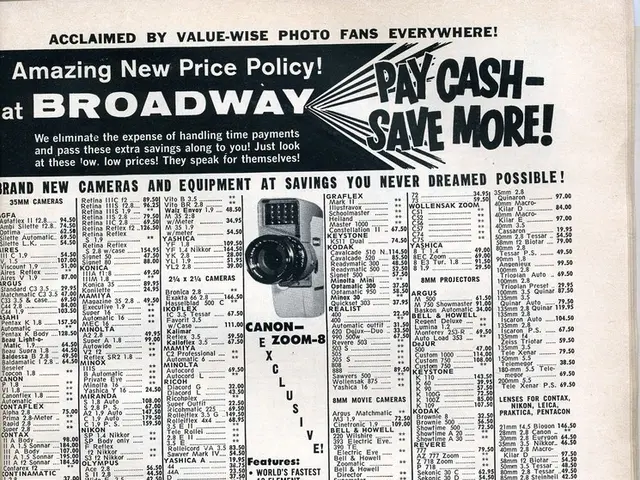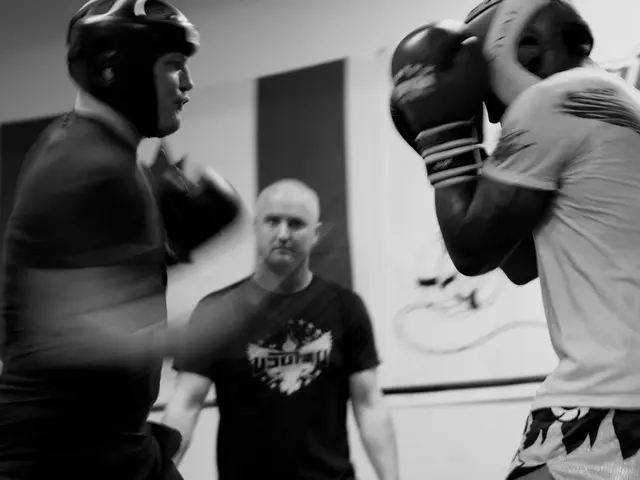University Attack Perpetrated by the KKK on Catholics in 1923
A century ago, on Dec. 19, 1923, the University of Dayton in Ohio was shaken by a series of explosions and an intimidating display of hate. At the time, only a few dozen students remained on campus due to the Christmas break. Police were called to the scene and discovered eight-foot burning crosses scattered throughout the campus. Hundreds of Ku Klux Klan (KKK) members had stormed the campus in a caravan, shouting threats before speeding away.
The KKK's presence in Dayton was not a rare event, as the city had a significant Catholic population, many of whom were immigrants. In the early 1920s, an estimated 10% of Dayton's residents, or 15,000 people, joined the KKK. The organization was particularly hostile towards Catholics and Jews, viewing them as threats to America's Protestant identity.
Dr. William Trollinger, a historian of American religion at the University of Dayton, has studied the KKK's legacy in the 1920s. In his 2013 article "Hearing the Silence," he delves into the organization's tactics and impact on society, as well as its revival in the South in the years following the Civil War.
The KKK, which emerged in the South in the wake of the Civil War, aimed to terrorize African Americans and maintain segregation. After fading in the late 19th century, it was reborn in Georgia in 1915. This second wave of the KKK gained massive popularity in the early 1920s, fueled by anxieties about immigration, race, and communism. The organization gained between 1 million and 5 million members, with a larger presence in the Midwest and West than in the South.
The Klan's intimidation was not just physical; it was also carried out through propaganda and political influence. The group targeted Catholics and Jews, as well as immigrants, whom they perceived as threats to America's Christian heritage. They exerted significant influence in local and state politics, supporting candidates and policies that enforced their nativist and exclusionary agenda.
The Klan’s activities created a climate of fear and exclusion for Catholics, Jews, and immigrants, leading to widespread discrimination. Their campaigns contributed to the Johnson-Reed Act of 1924, which reduced the number of immigrants from Southern and Eastern Europe, making it more difficult for Jewish refugees fleeing the Holocaust to enter the U.S. The KKK began to lose influence in the late 1920s but continued to have an impact on American society and politics.
Today, while the KKK's membership has dwindled, its legacy remains. The organization's beliefs and rhetoric have been used by other hate groups and continue to be perpetuated in American society. The story of the KKK's presence in Dayton serves as a reminder of the devastating consequences of hatred, discrimination, and intolerance.
- Migration was a significant factor in the growth of Dayton's population, bringing in many immigrants who faced hostility from the KKK.
- Education-and-self-development was not prioritized during this era, as the KKK's primary focus was on spreading hate and fear.
- Big-wins for the KKK came in the form of political influence and the passage of discriminatory policies, such as the Johnson-Reed Act.
- War-and-conflicts were not the main concern for the KKK, but their actions and propaganda created a climate of tension and unrest.
- Casino-and-gambling was not a factor in Dayton at this time, but the KKK's tactics are often compared to those used in the gambling industry to manipulate and exploit people.
- Casino-games, lotteries, and gambling trends were not relevant to the KKK's activities, but the organization's emphasis on fear and control can be seen in these areas.
- Casino-personalities, such as casino owners and high rollers, did not have a direct connection to the KKK, but the organization's tactics can be compared to those used by some casino bosses to intimidate and control their competition.
- Politics was a central aspect of the KKK's activities, as they used their influence to support candidates and policies that reinforced their exclusionary agenda.
- Casino-culture was not relevant to the KKK's activities, but the organization's focus on control and power can be compared to some aspects of casino culture.
- General-news was filled with reports of the KKK's activities, as their intimidation tactics and political influence made headlines across the country.
- Crime-and-justice was a key concern for the KKK, as they targeted individuals and communities perceived as threats to their ideology.
- Responsible-gambling was not a concern for the KKK, but their tactics can be compared to those used by irresponsible gamblers to manipulate and exploit others.
- Sports were not directly impacted by the KKK, but their exclusionary and discriminatory beliefs can be compared to some historic controversies in sports, such as racial segregation in American football.
- Football, NFL, soccer, WNBA, baseball, hockey, golf, sports-betting, European leagues, basketball, NCAa-basketball, MLB, NHL, racing, American-football, NBA, grand-prix, horse-racing, NCAa-football, tennis, sports-analysis, auto-racing, mixed-martial-arts were not directly connected to the KKK, but the organization's beliefs and tactics can be compared to some historic controversies in these areas.
- Today, some believe that the gambling industry, particularly online gambling, can perpetuate hate and discrimination by targeting vulnerable individuals and communities.
- The KKK's legacy continues to be felt in areas beyond Dayton, as their beliefs and tactics have influenced other hate groups and continue to be perpetuated in American society.
- The story of the KKK's presence in Dayton serves as a reminder that hatred, discrimination, and intolerance can have devastating consequences and must be challenged.
- Efforts to promote education-and-self-development, responsible-gambling, and social justice can help prevent the rise of hate groups and protect vulnerable communities.








